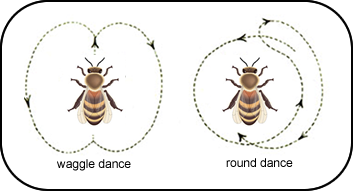 Language and storytelling arose as a means of creating and maintaining social ties. Tribes then spread across the planet, trading materials, goods, technology, information and stories, so it should not come as a surprise that our narratives are similar worldwide. As humans, we make up stories habitually in order to understand the universe, ourselves and others, but we can only do so within established narrative language (as we have seen) and (this is the new part) preexisting forms and genres.
Language and storytelling arose as a means of creating and maintaining social ties. Tribes then spread across the planet, trading materials, goods, technology, information and stories, so it should not come as a surprise that our narratives are similar worldwide. As humans, we make up stories habitually in order to understand the universe, ourselves and others, but we can only do so within established narrative language (as we have seen) and (this is the new part) preexisting forms and genres.
Continue reading “The Plagiarized Hero: The Hero with a Thousand Borrowed Faces”
 Well, yes. The language of the bees still astounds scientists. Bees communicate symbolically in the form of a dance, passing on information about distance, difficulty and value of potential food sources. They dance in the present about past experiences in order to exploit future resources. Other bees do their little dance, explaining alternative sources of pollen, and then somehow the bees come to a decision about the best source. An insect, a creature from the lower orders – far down the hierarchy of animals (at the top of which we have placed ourselves) – can clearly tell stories and make value judgements about them. (Read all about it in biologist and sociologist
Well, yes. The language of the bees still astounds scientists. Bees communicate symbolically in the form of a dance, passing on information about distance, difficulty and value of potential food sources. They dance in the present about past experiences in order to exploit future resources. Other bees do their little dance, explaining alternative sources of pollen, and then somehow the bees come to a decision about the best source. An insect, a creature from the lower orders – far down the hierarchy of animals (at the top of which we have placed ourselves) – can clearly tell stories and make value judgements about them. (Read all about it in biologist and sociologist 